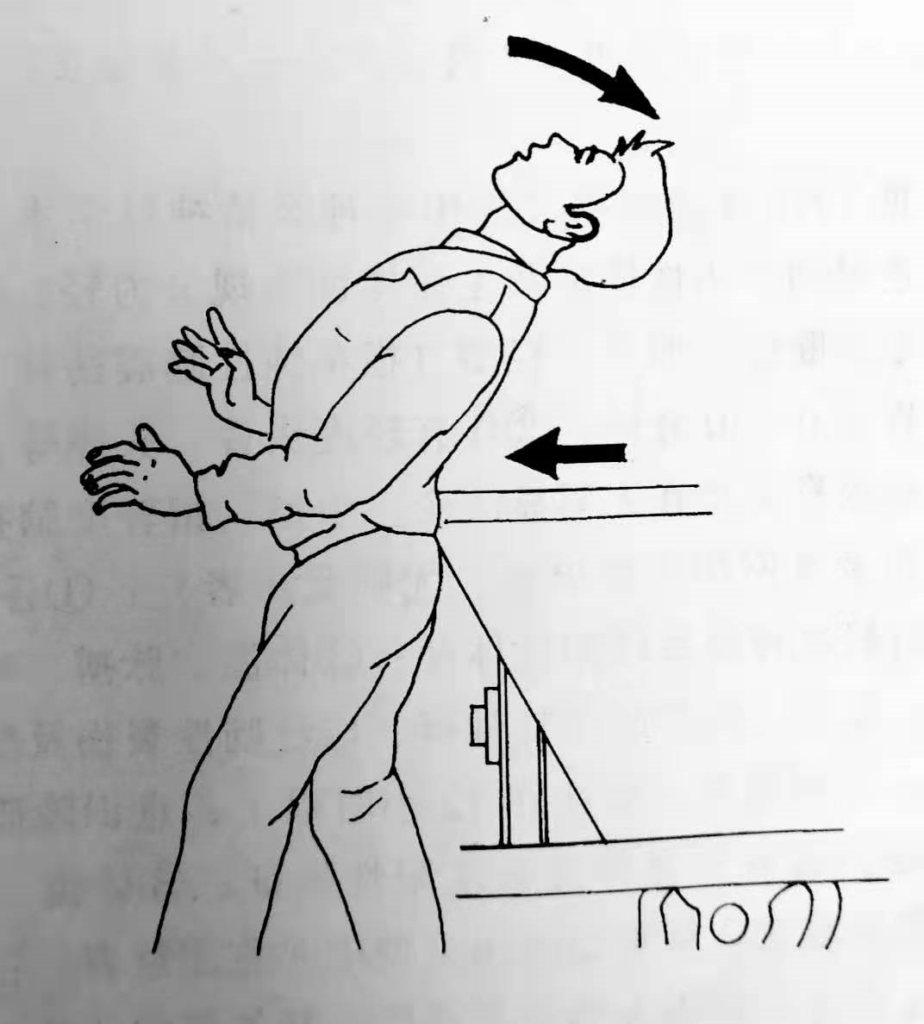Nervous system disorders: Whiplash brain injury
- Normal Liver Cells Found to Promote Cancer Metastasis to the Liver
- Nearly 80% Complete Remission: Breakthrough in ADC Anti-Tumor Treatment
- Vaccination Against Common Diseases May Prevent Dementia!
- New Alzheimer’s Disease (AD) Diagnosis and Staging Criteria
- Breakthrough in Alzheimer’s Disease: New Nasal Spray Halts Cognitive Decline by Targeting Toxic Protein
- Can the Tap Water at the Paris Olympics be Drunk Directly?
Nervous system disorders: Whiplash brain injury
- Should China be held legally responsible for the US’s $18 trillion COVID losses?
- CT Radiation Exposure Linked to Blood Cancer in Children and Adolescents
- Can people with high blood pressure eat peanuts?
- What is the difference between dopamine and dobutamine?
- What is the difference between Atorvastatin and Rosuvastatin?
- How long can the patient live after heart stent surgery?
Nervous system disorders: Whiplash brain injury.
The human nervous system is composed of the brain and spinal cord (called the central nervous system), cranial and spinal nerves (called the peripheral nervous system), and sympathetic and parasympathetic nerves (called the autonomic nervous system). It is the highest organ of the human body, dominating all human life activities.
Whiplash brain injury.
Is whiplash brain injury serious? Answer: Yes!
What is whiplash brain injury?
Whiplash injury means that due to inertia, when the trunk is subjected to accelerated violence, the body always moves first and then the head starts to move (Figure 1-6). If the chest is suddenly driven by violence and the force is transmitted to the head through the cranial-neck junction, shear stress will appear between the delayed head and the cervical spine, which can cause injury to the cranio-neck junction.
Immediately after the head is thrown forward of the force axis like a whip, when the trunk movement is terminated, the head continues to rotate around the cranio-neck junction until it is restricted by the trunk, that is, when the reaction force is greater than the force , Abruptly stopped, and shear stress damage occurred again.
At the same time, there is also a shear stress between the brain tissue and the cranial cavity, because the inertial effect causes the brain tissue to violently collide against the inner wall of the cranial cavity during the rotational acceleration motion, which not only causes contusions on the brain surface, but also varies in the brain substance. Shear stress damage also occurs at the interface of the structure.

Figure 1-6 Schematic diagram of whiplash brain injury
The human nervous system is composed of the brain and spinal cord (called the central nervous system), cranial and spinal nerves (called the peripheral nervous system), and sympathetic and parasympathetic nerves (called the autonomic nervous system). It is the highest organ of the human body, dominating all human life activities.
In our daily diagnosis and treatment work, we deal with various diseases for patients with neurological diseases every day and answer questions related to their diseases. On this basis, we organize the common questions raised by disease categories. It aims to provide guidance and help for the vast number of patients with the nervous system to seek medical advice!
Nervous system disorders: Whiplash brain injury
(source:chinanet, reference only)
Disclaimer of medicaltrend.org



